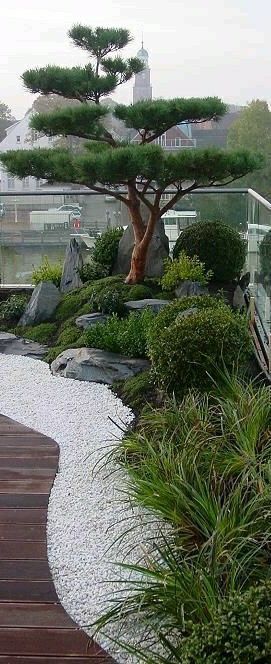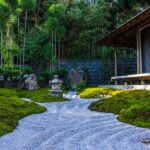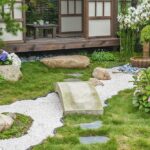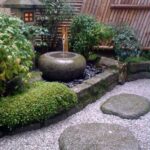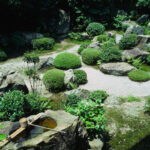Japanese garden design is a longstanding tradition that has influenced gardens around the world. Known for its serene and harmonious beauty, Japanese gardens are carefully crafted to create a peaceful and contemplative atmosphere.
One key element of Japanese garden design is the use of natural materials such as stone, gravel, and wood. These materials are carefully chosen to reflect the natural landscape and create a sense of tranquility. Rocks are often used to symbolize mountains and water features are incorporated to represent rivers and lakes.
Another essential component of Japanese garden design is the concept of “Wabi-sabi,” which embraces imperfection and impermanence. This philosophy is seen in the use of weathered and aged materials, as well as the deliberate placement of plants and rocks to create balance and harmony.
Japanese gardens are also designed to be experienced over time, with different views and perspectives unfolding as one moves through the space. This is achieved through the use of winding paths, carefully placed trees and shrubs, and strategically positioned elements such as lanterns and bridges.
One notable feature of Japanese garden design is the use of symbolism and metaphor. Elements such as stepping stones, bridges, and lanterns are often imbued with deeper spiritual meaning, inviting visitors to connect with nature on a more profound level.
Overall, Japanese garden design is a testament to the enduring beauty and elegance of traditional Japanese culture. Whether one is seeking a place for meditation and reflection or simply a tranquil escape from the chaos of everyday life, Japanese gardens provide a sense of peace and harmony that is truly special.
